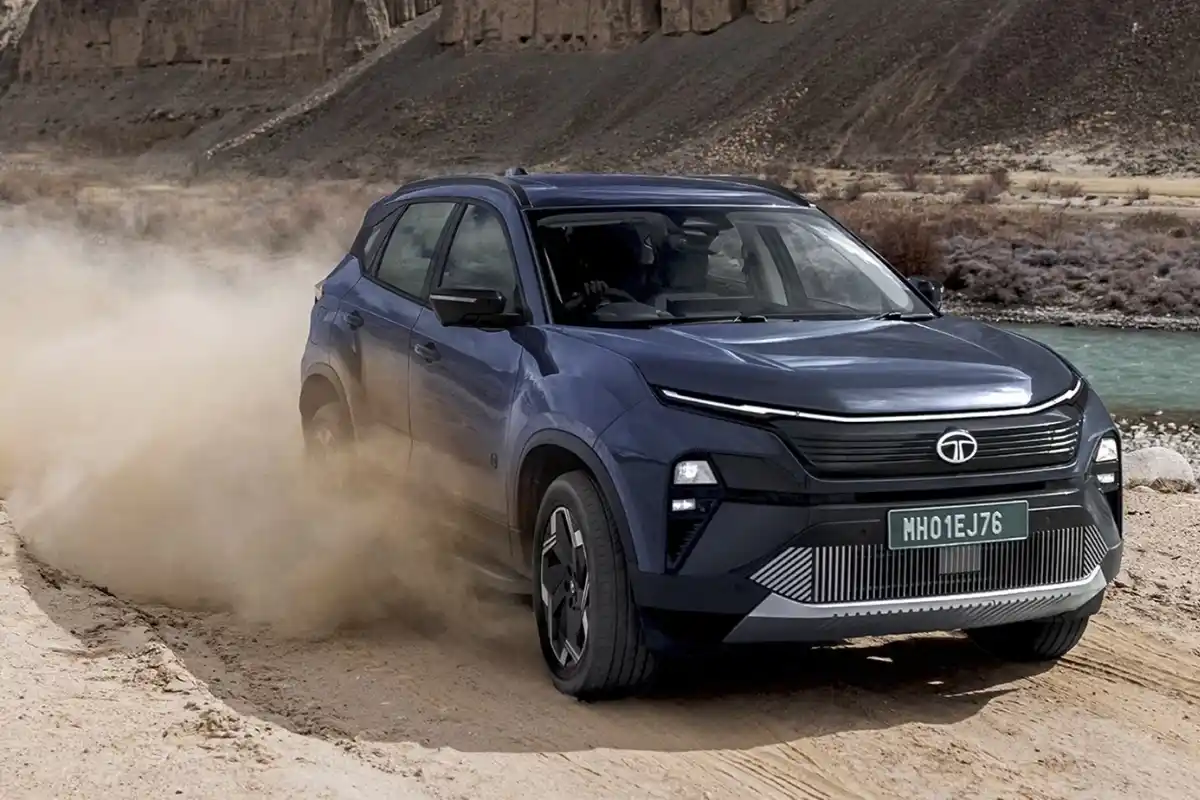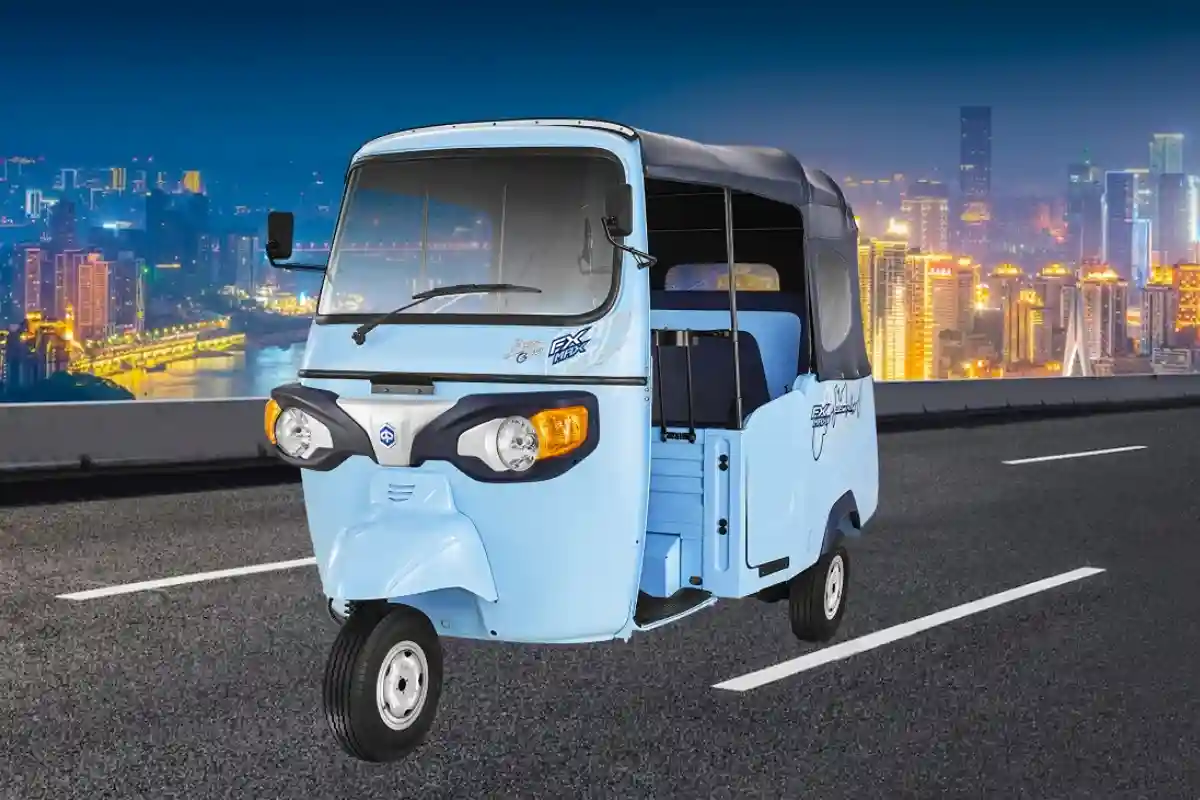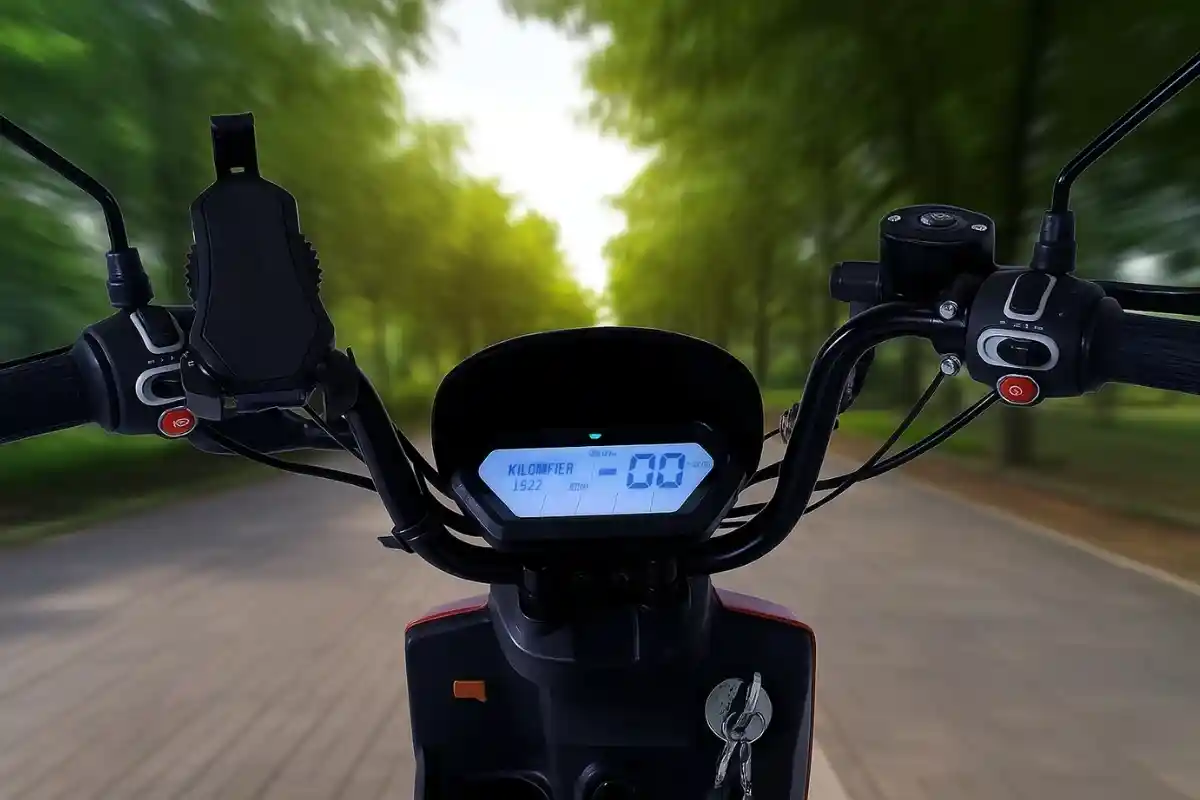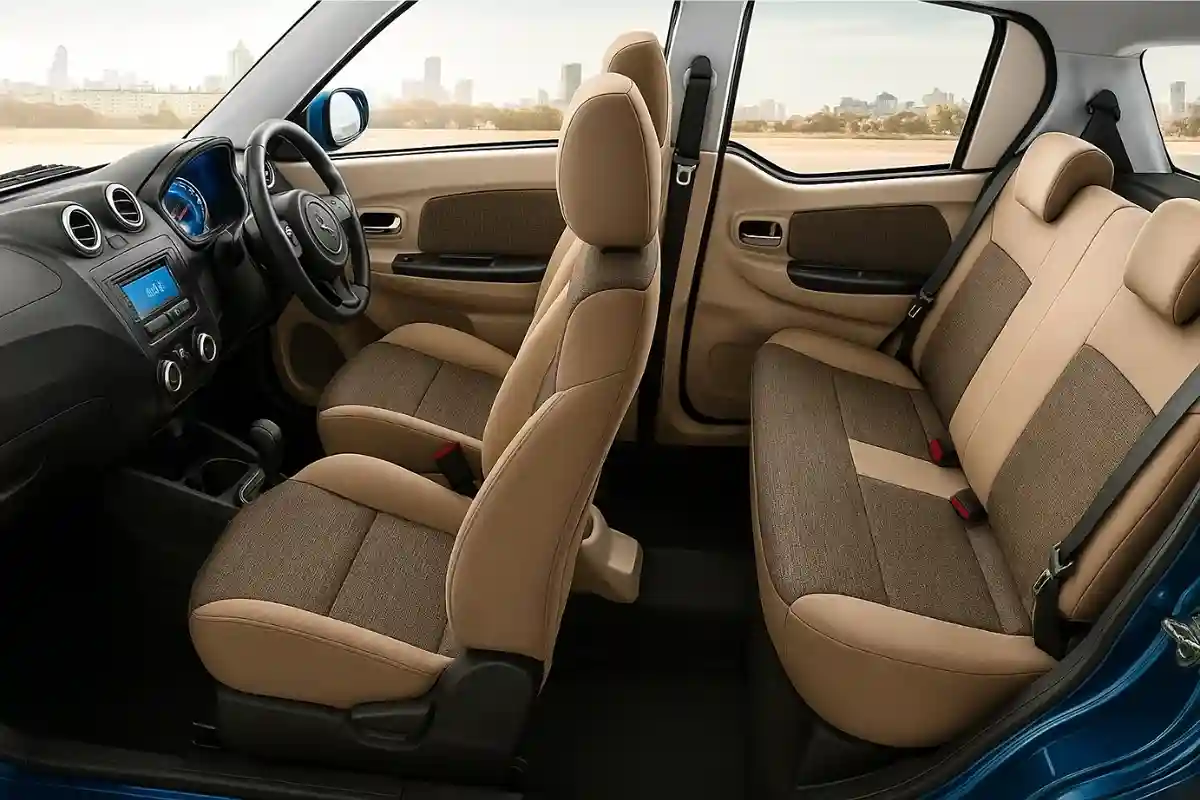Posted On : 20 September 2025
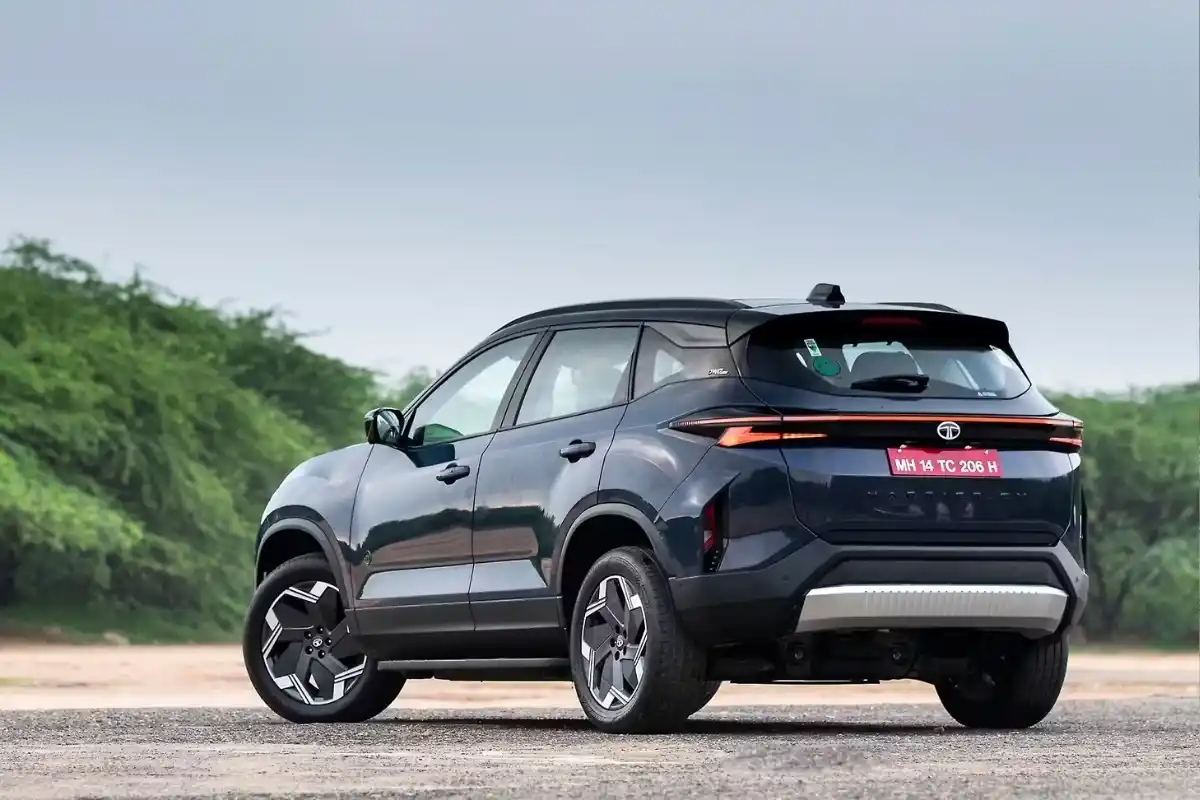
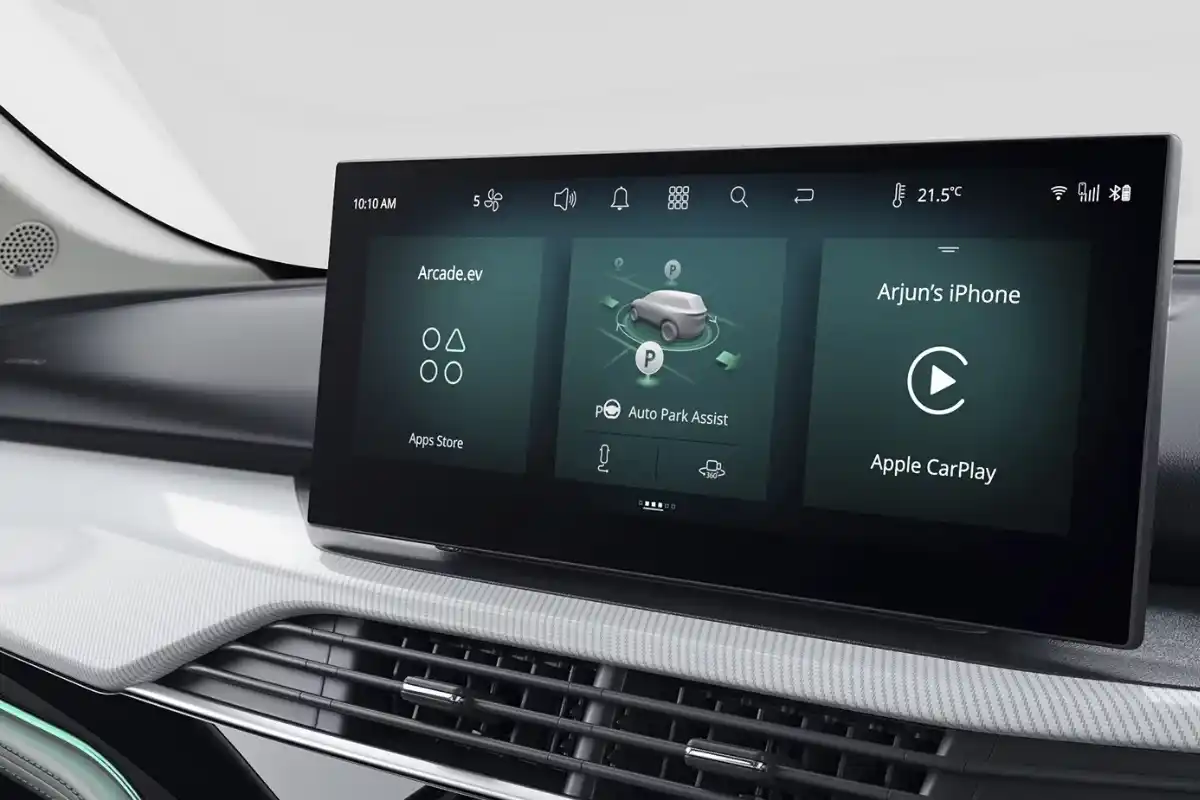
The Tata Harrier EV is Tata Motors' flagship electric SUV and is designed to make an important mark on the Indian EV market. Launched in mid-2025, the Harrier EV combines powerful performance with long range, high levels of cabin and ride comfort, and industry-leading tech features. The Harrier EV is part of the higher end SUV-EV category, and is aimed at buyers wanting style, capability and a vehicle that won't be obsolete by the time they drive it home. This review will look at what is special about the Harrier EV, real world data vs claimed specifications, and whether it's worth your money.
| Variant | Battery | Drive Type | Power / Torque | Claimed ARAI Range* |
|---|---|---|---|---|
| Harrier EV 65 (Rear-Wheel Drive) | 65 kWh LFP | RWD, single rear axle motor | ~238 PS, ~315 Nm | ~538 km |
| Harrier EV 75 (Rear-Wheel Drive) | 75 kWh LFP | RWD, single rear motor | Same rear motor output | Up to ~627 km |
| Harrier EV 75 (All-Wheel Drive) | 75 kWh LFP | Dual motors (AWD) | Combined ~313 PS, ~504 Nm | ~622 km ARAI |
ARAI = standardized test cycle in India; real range may differ. Performance highlights include 0-100 km/h in ≈ 6.3 seconds for the top “Boost Mode” AWD variant.
Claimed ARAI ranges are high: 538 km (65 kWh RWD), ~627 km (75 kWh RWD), ~622 km (75 kWh AWD). Tata also has a "75% user C75 range" in km, which is the distance 75% of all users would have been able to achieve. For the SUV, this is ~420-445 km for the 65 kWh RWD, ~480-505 km for the 75 kWh RWD, ~460-490 km for the AWD variant. In the media drive, one drive managed ~414 km, from a 98% battery state to 3%, driving highway driving in Eco mode in the 75 kWh variant. So for planning purposes, regardless of driving style, we expect real-world range to be approximately 80-85% of claimed ARAI range across the mixed drive cycle (especially with cabin AC on, along with speed, terrain and payload).
| Charger Type | Battery Variant | Charging Time |
|---|---|---|
| 7.2 kW AC (10-100%) | 65 kWh RWD | ~9.3 hours |
| 7.2 kW AC (10-100%) | 75 kWh RWD / AWD | ~10.7 hours |
| 120 kW DC Fast Charger (20-80%) | Either battery | ~25 minutes |
| Fast charge | 75 kWh trims in Boost/Fast mode | ~250 km in ~15 minutes |
Tata Harrier EV merges premium interior, exterior design cues and tech features:
Braking, stability systems, safety hardware are at a high standard: multiple airbags, ESP, traction control, TPMS, etc. Top speed electronically limited to 180 km/h for higher trims. 0-100 km/h acceleration time put around ~6.3 seconds (~AWD version).
Ex-showroom pricing is approximately:
Pricing varies by variant (Adventure, Fearless, Empowered), battery pack, and drivetrain. Additional charges for extras home charger installation, fast charger solution, etc.
Pros:
Cons:
Expertise: Data from Tata's published specifications + credible publishing sources (Autocar India, CarDekho, India Today).
Authoritativeness: Tata is an established EV maker in India, and Tata's warranty and safety claims are verifiable. The Harrier EV is a highly-visible launch.
Trustworthiness: Real-world range test results; any supporting claimed vs actual comparisons; complete transparency of specification details.
If you can afford it, the Tata Harrier EV offers some of the best of the current EV SUVs in India as of 2025. It provides excellent claimed range, decent real-world performance, all-wheel drive for grip and torque, and features befitting a premium SUV. It would be most appropriate for buyers who are travelling on a long stretch (distance), have some access to fast-charging (publically or at home), expect performance (speed, torque), and are concerned about safety & comfort. If your travelling is most often urban, with short daily trips around town, there may be some lower battery type variants that can provide better cost-benefit (whole life costing). However, for all-around performance capability, Harrier EV is easily among the very best.
